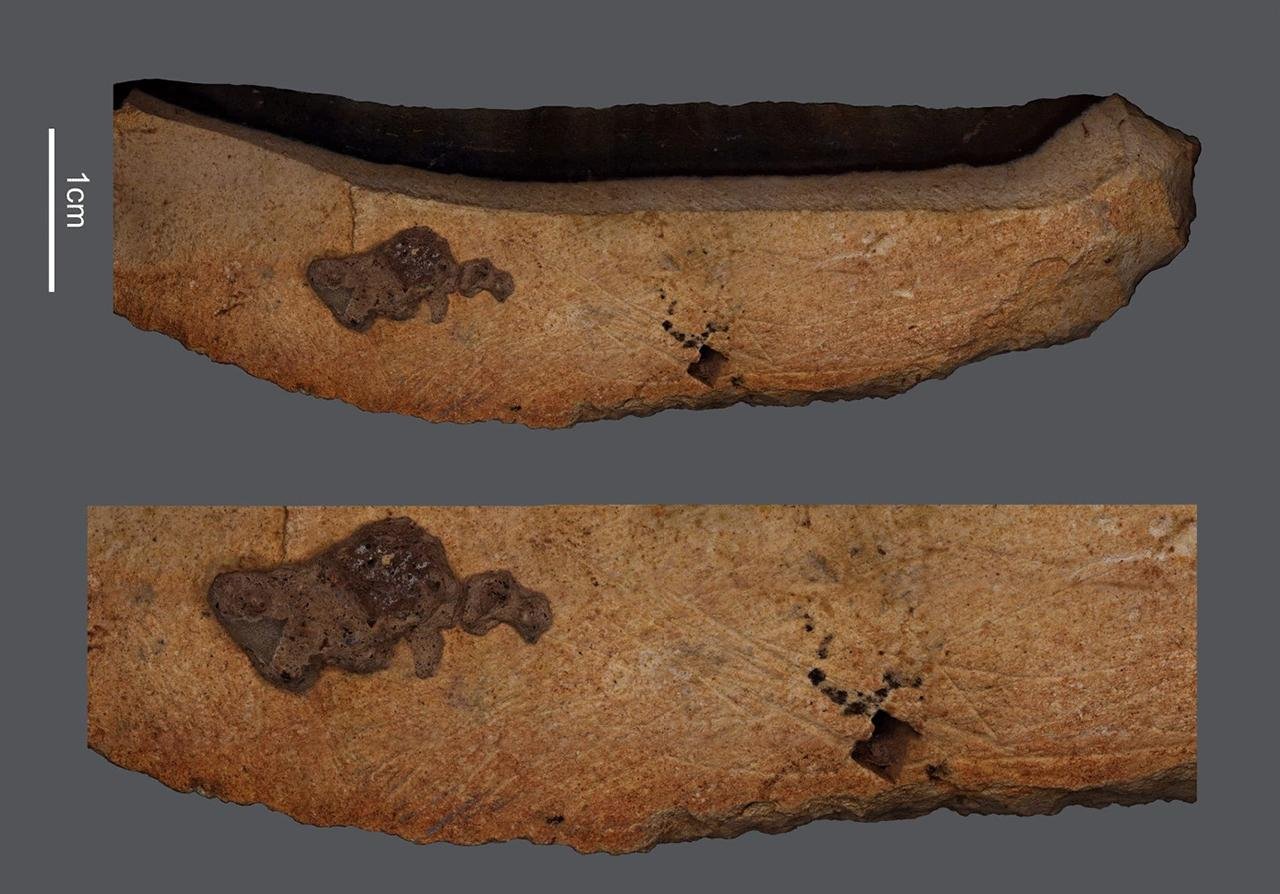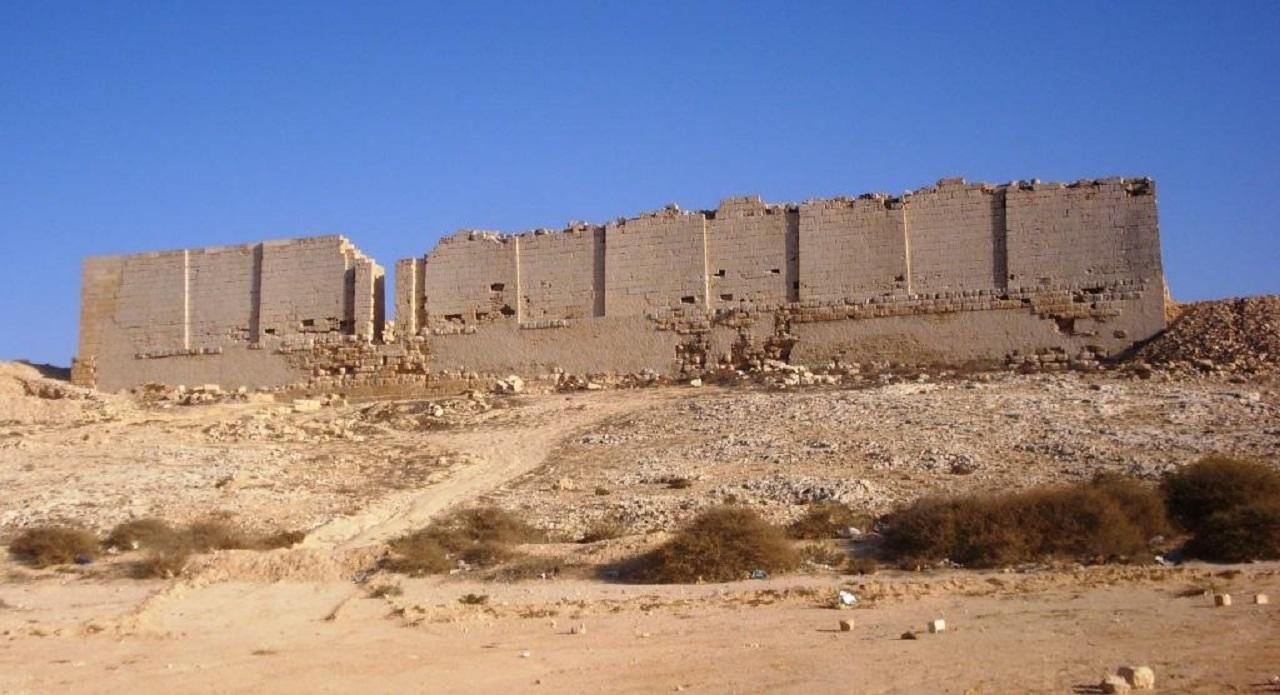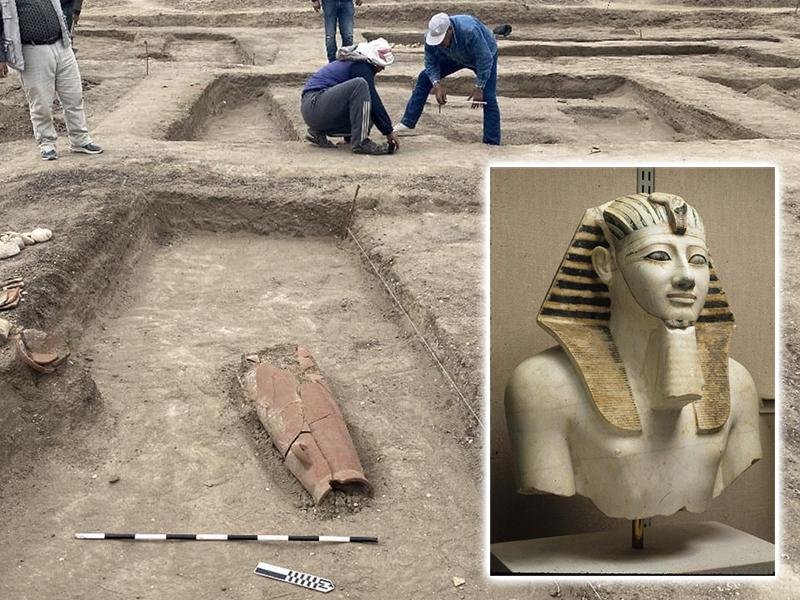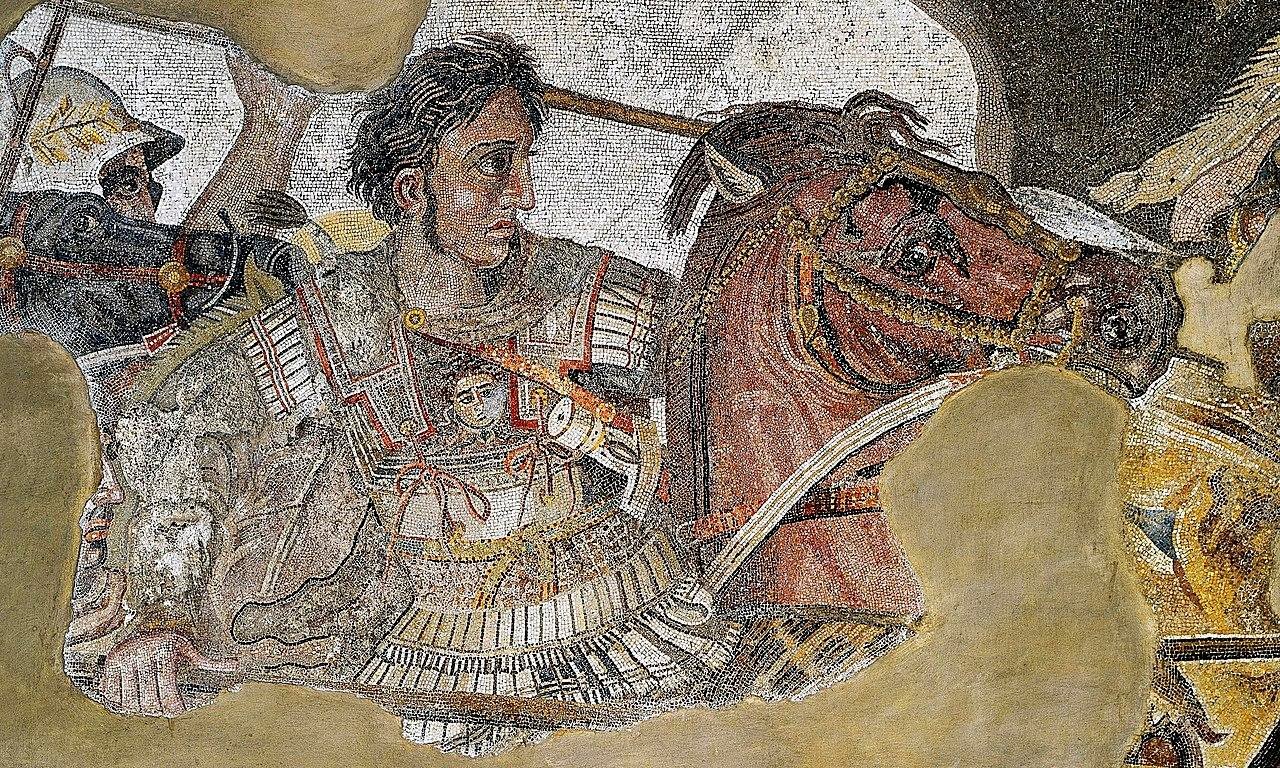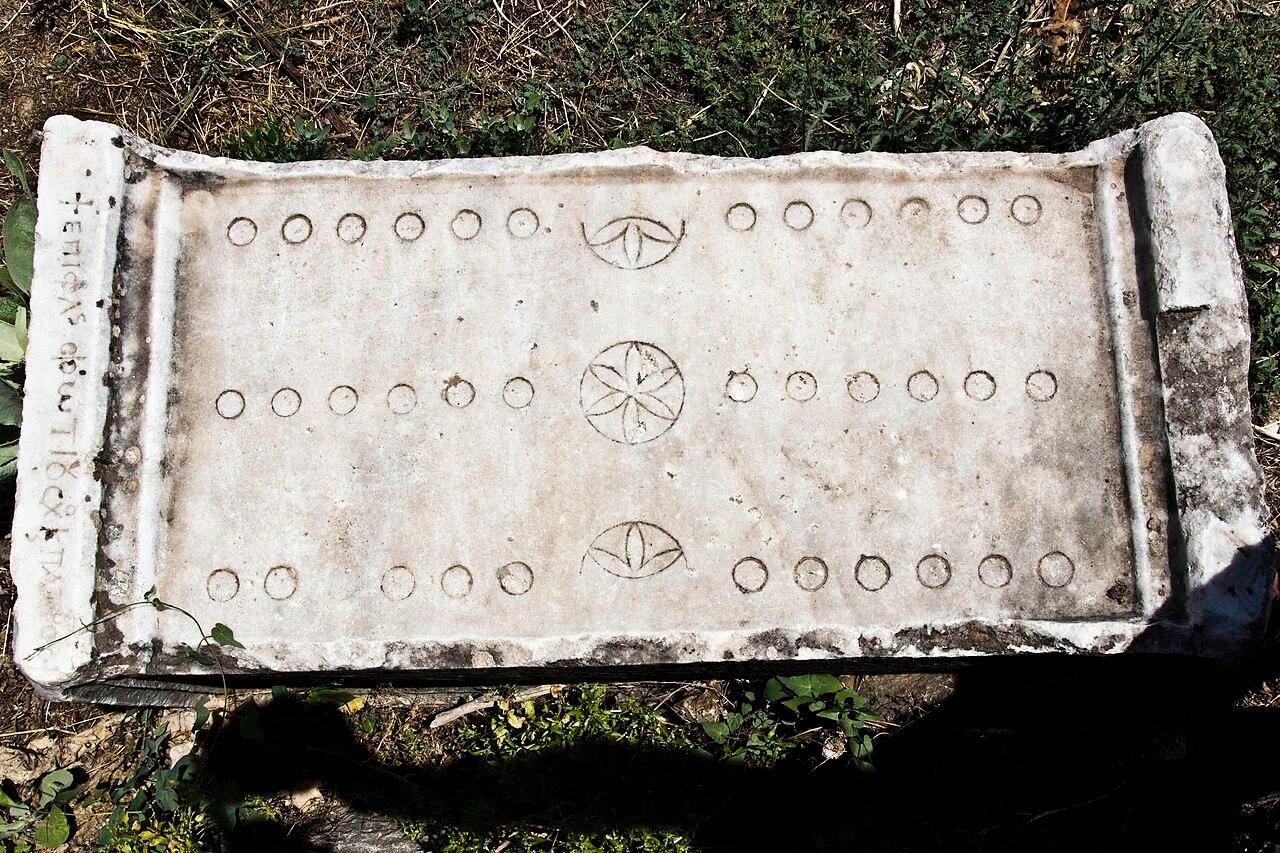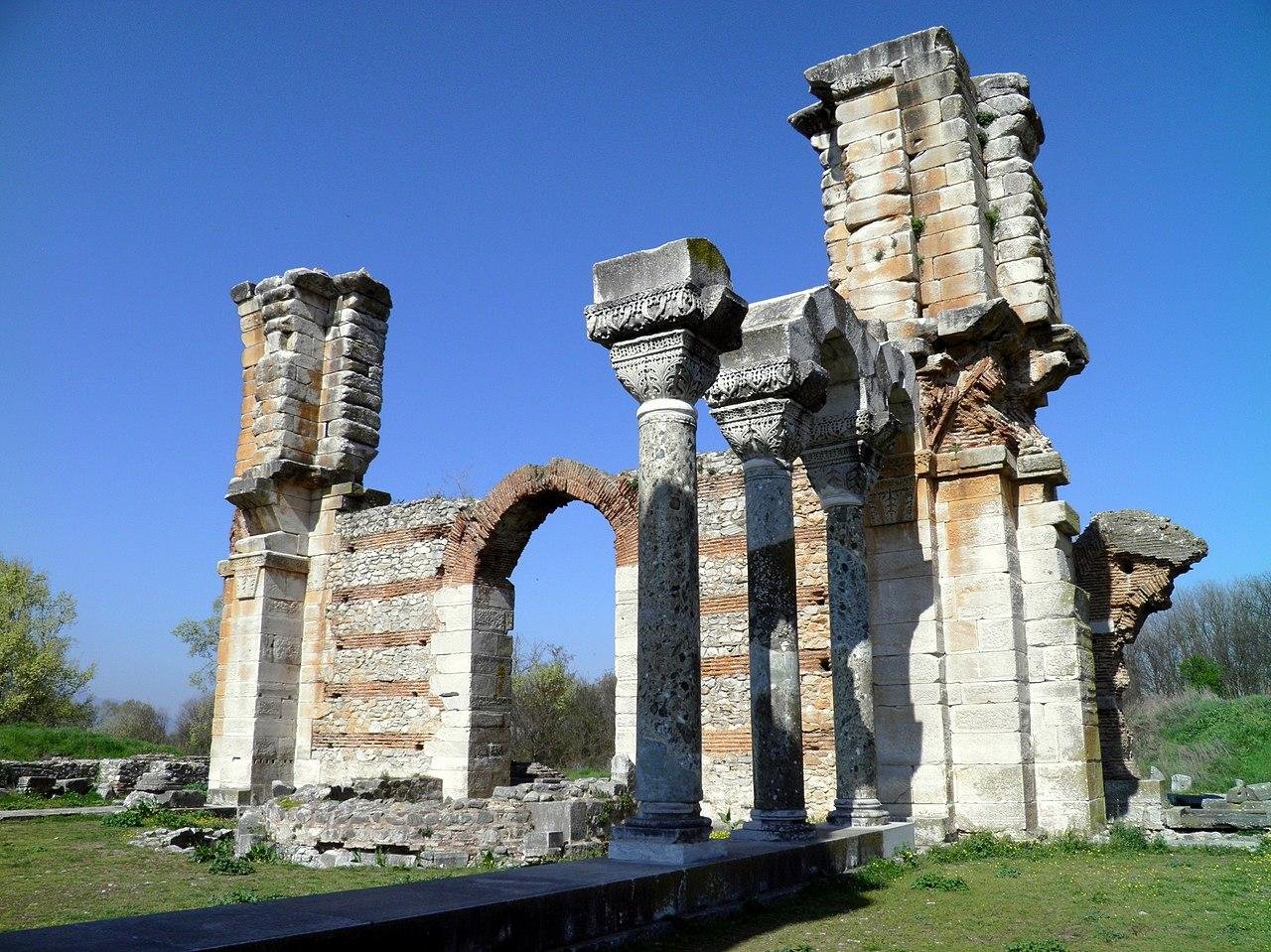A recent excavation at Anglesey’s RAF Valley revealed sensational Iron Age treasures. Military and veterans involved in the excavation uncovered a section of a charioteer’s chariot, a terret ring, and a bridle-bit for a horse, dating to about 2,000 years ago. The artifacts have been officially declared a national treasure and will become part of collections at Amgueddfa Cymru – Museum Wales.
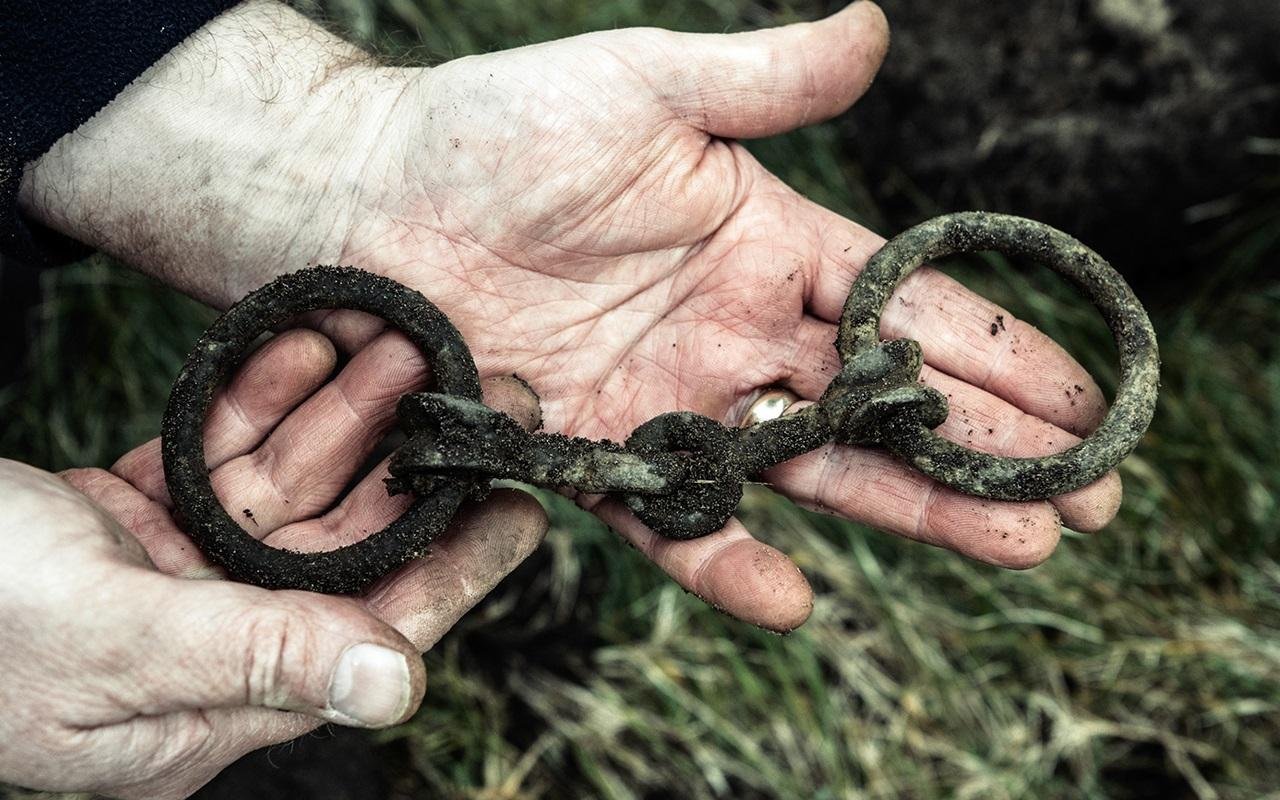 Horse bridle-bit from c. 60 CE found at the site. Credit: Harvey Mills / GOV.UK
Horse bridle-bit from c. 60 CE found at the site. Credit: Harvey Mills / GOV.UK
The search, completed in April 2024, was conducted in collaboration with and under the direction of the Defence Infrastructure Organisation (DIO), in collaboration with Operation Nightingale, a scheme for service personnel and service veterans with injuries and ailments to rebuild fitness and rehabilitation through fieldwork in archaeology.
Senior DIO archaeologist, Richard Osgood, said: “These finds at RAF Valley are extremely exciting for all involved; the Llyn Cerrig Bach hoard is of national importance for Wales, and the United Kingdom as a whole. These new discoveries have confirmed the suspicions of earlier archaeologists that there was more to be found from this particular hoard.”
The Llyn Cerrig Bach hoard, discovered in the 1940s during the expansion of airfields to accommodate American bombers in World War II, is one of the UK’s most significant collections of Iron Age treasures. Over 150 iron and bronze items dating between 300 BCE and 100 CE were buried in a sacred lake by early inhabitants. One of the many new items uncovered, the terret ring, used for chariot reins guidance, features a rare red inlay and is one of three such examples in Wales. It was unearthed by retired RAF Squadron Leader David Ulke.
Another remarkable find was the horse bridle-bit, dated to approximately 60 CE, discovered by RAF Flight Sergeant Graham Moore. It is similar in shape to examples in a hoard in Somerset at Polden Hill. Moore said: “The search for the lost hoard was hard work and we had a huge area to cover. It wasn’t until the final day – with just 10 minutes to go – that I discovered the horse bridle-bit. At first, the team thought I was joking, but quickly realised I’d found something special.”
The excavation highlights the site’s continuity over centuries. Station Commander at RAF Valley, Group Captain Gez Currie, said: “It is incredible that we are again reminded of the significance of the site on RAF Valley’s doorstep and the importance it has in Welsh history. It was the preparation of RAF Valley in the 1940s to help prevent invasion that brought to light the significance of this location and its links to an earlier invasion by the Romans.”
The recently uncovered items will go on display at Oriel Môn and at the Museum of Wales soon, to be added to the original Llyn Cerrig Bach collection.
More information: GOV.UK
